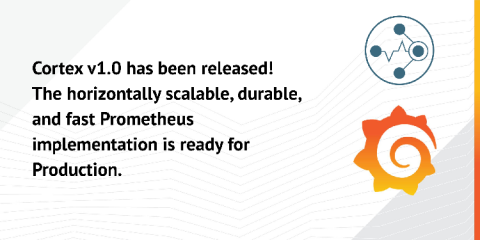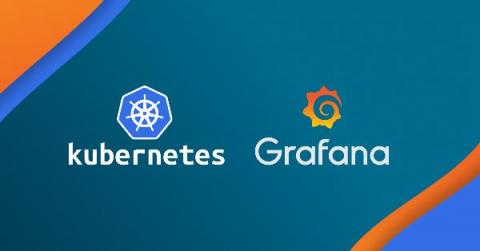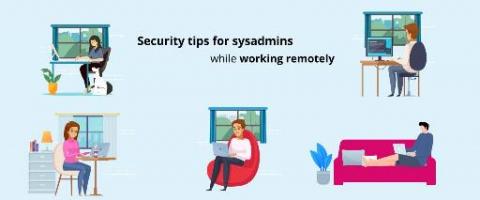How Often Do You Need to Clean Your Keyboard?
For many of us, our computer is the central touchpoint of our working lives We spend hours each day typing away as we work, bringing back everything we've touched while grabbing a snack, running to the bathroom, working out at lunch, or taking a break with some coworkers. Everything you touch in a day—it all ends up back on your keyboard. As a result, your keyboard is likely one of the dirtiest things you touch all day. So, just how dirty is your keyboard?









